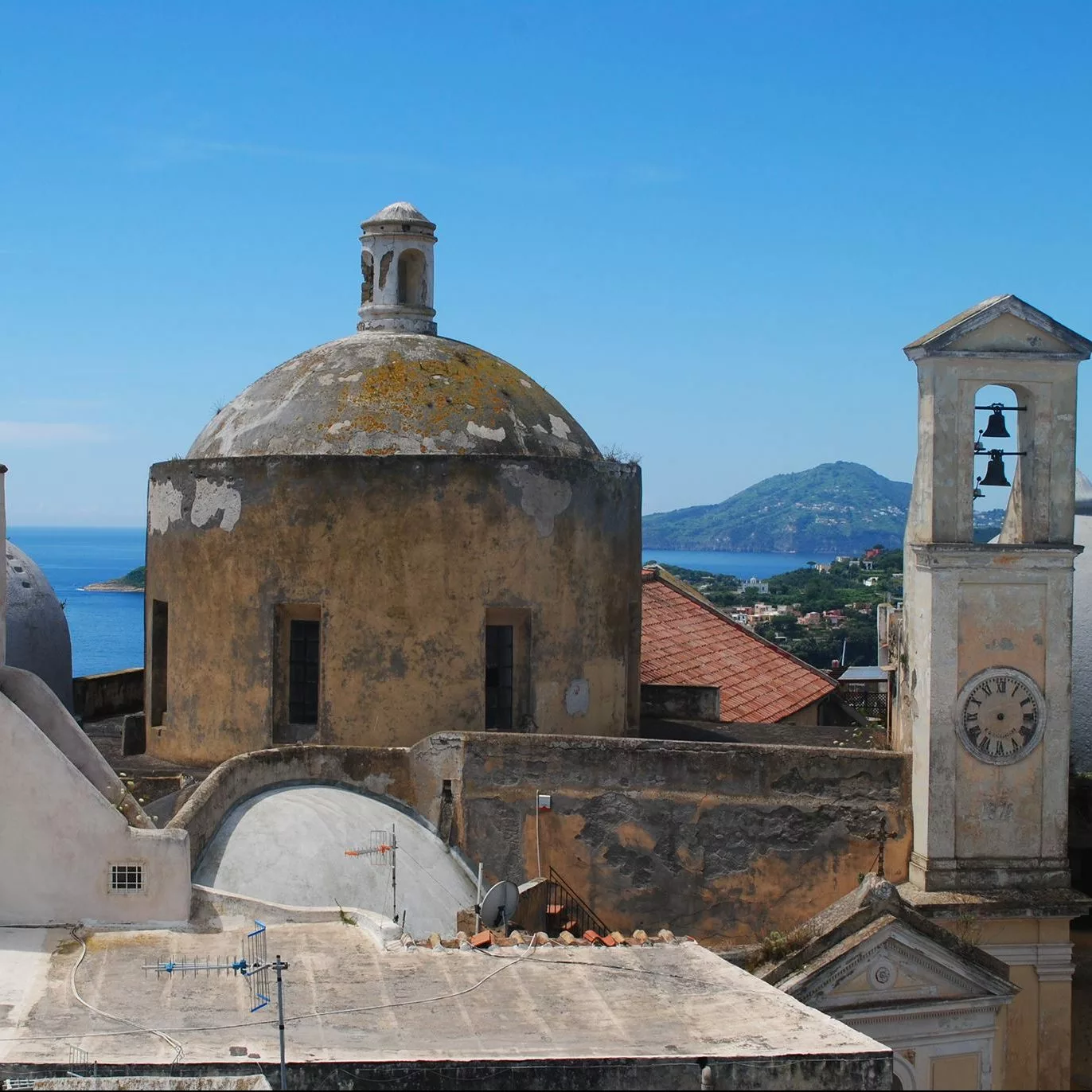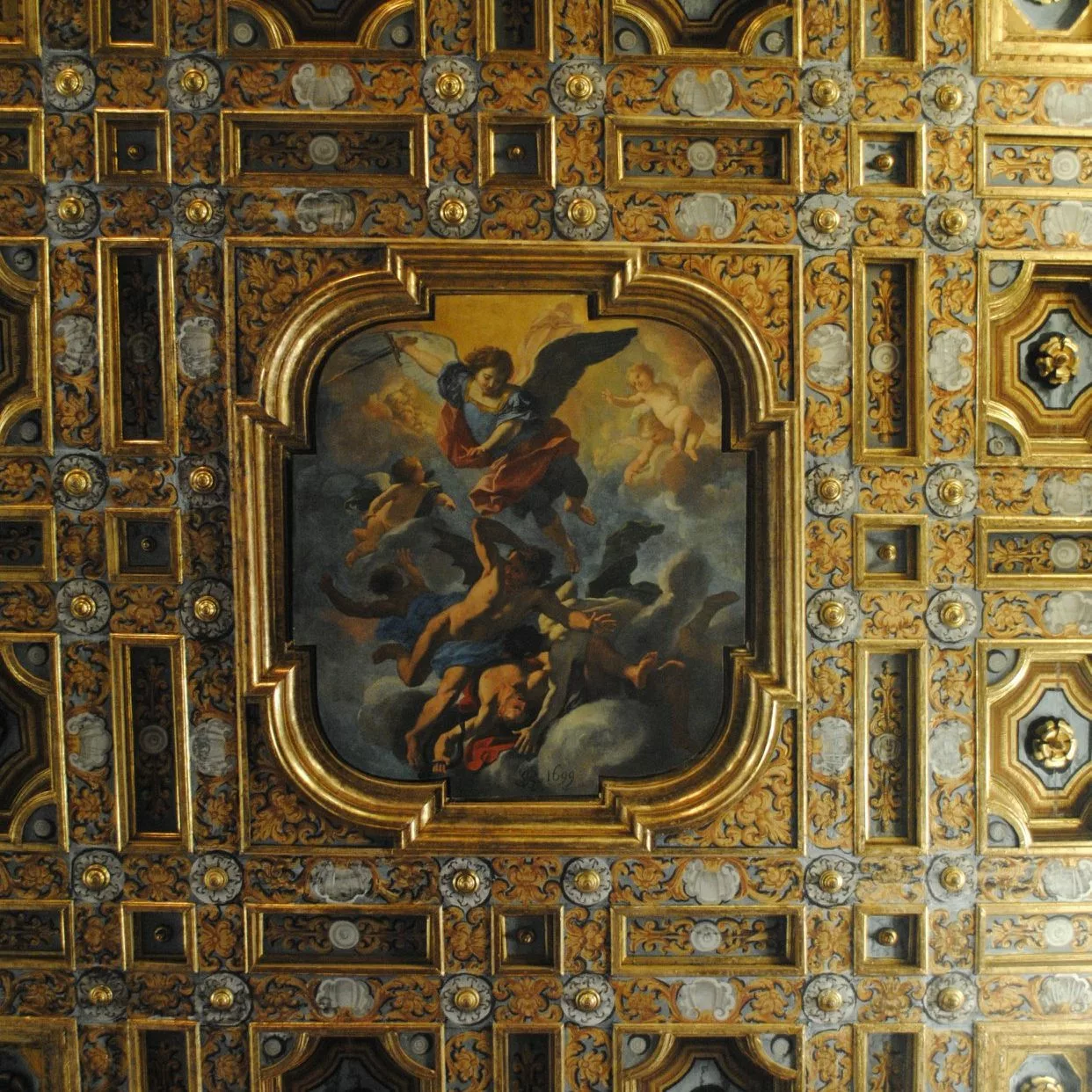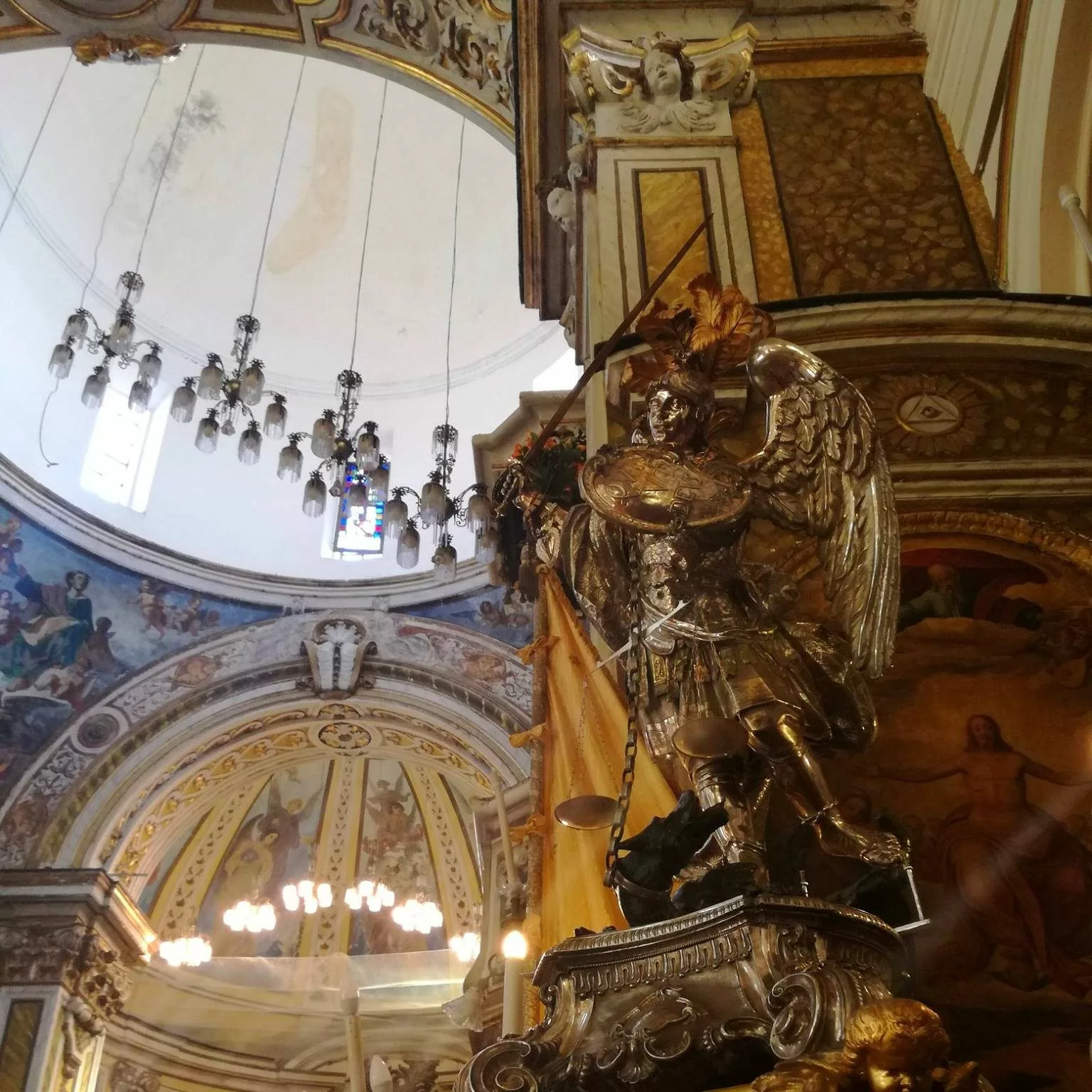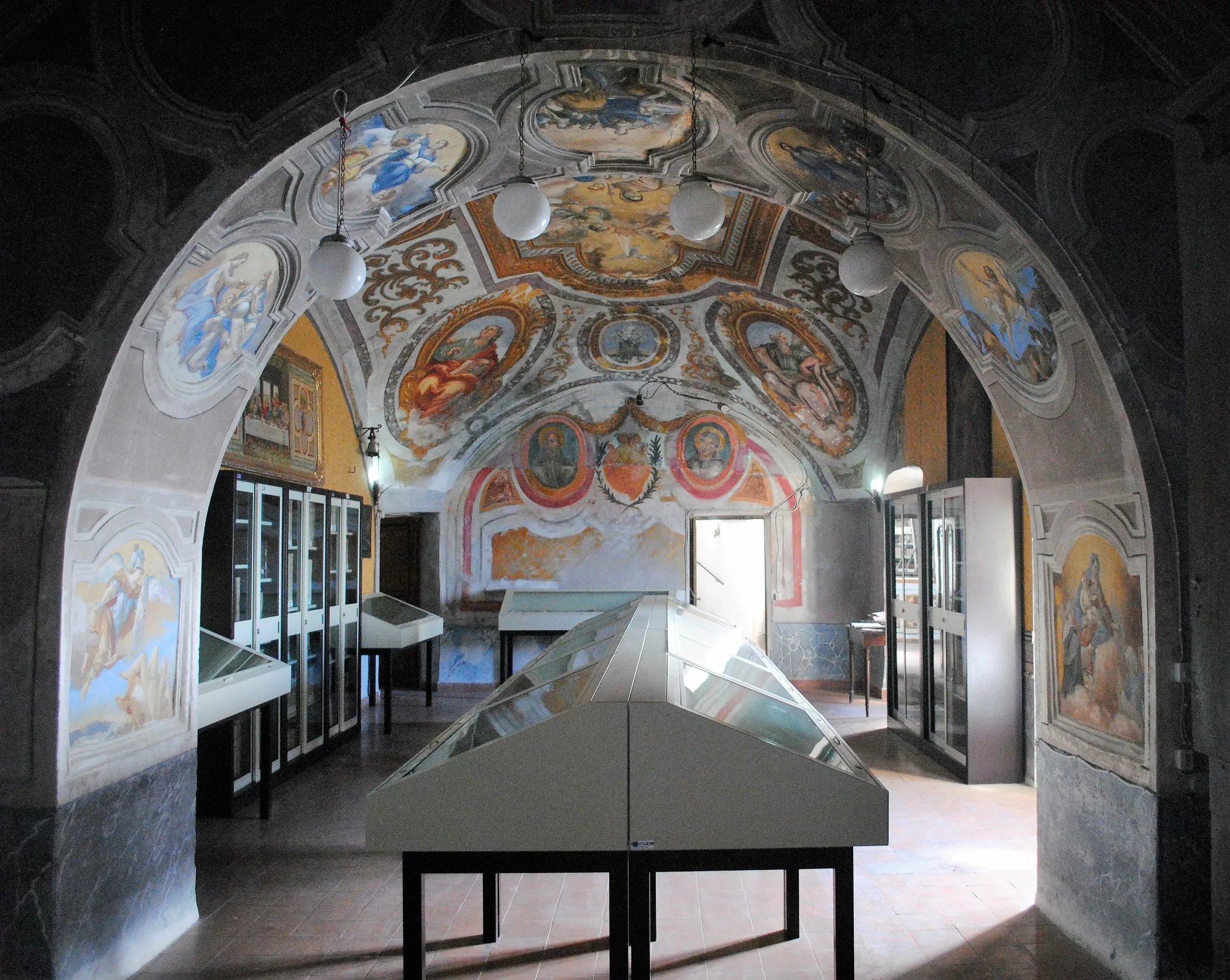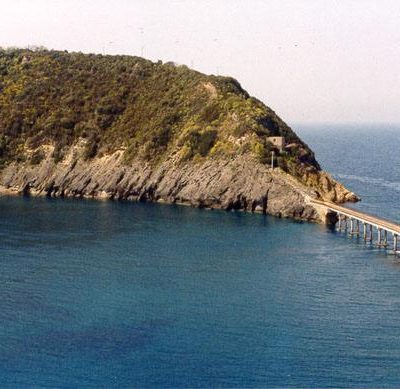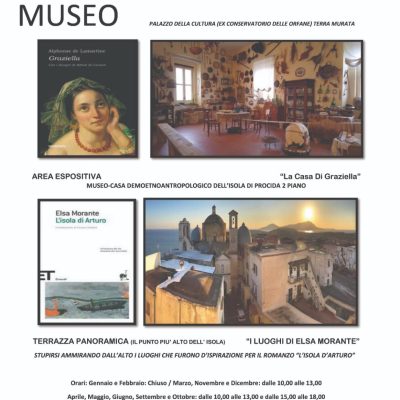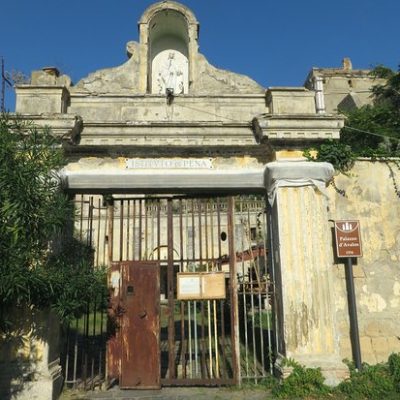“Procida is not just a triumph of light and sea! Like any other place, it has its history which here is made up of winds, sea and faith!
The Abbey of San Michele is a sacred testimony of this past and an opportunity to draw close to God. “
Mons.Luigi Fasanaro
The visit to the Abbey of San Michele Arcangelo
The guided tour of the Abbey of San Michele Arcangelo in Procida is managed by the Millennium Cultural Association and can be structured in several languages (English, Spanish and German).
In addition to the visit to the Abbey, the association offers other guided itineraries aimed at discovering the authentic roots of the island.
Organized groups, agencies and school groups are welcome, but reservations are strongly recommended.
For info and reservations:
Millennium Association
www.associazionemillennium.it
info@associazionemillennium.it
Tel: +39 3348514028 / +39 3348514252
Active numbers at the following times: 10:00 – 12:00 / 16:00 – 18:00
Structure of the Abbey of San Michele Arcangelo
The visit to the Abbey of San Michele Arcangelo di Procida allows you to visit a place of faith, culture and history that blend together in an indissoluble way.
The Abbey is divided into several levels: the upper one, with the Church and other levels called underground.
In the basement there are three levels: the library, the two chapels and the burial (and mummification) room.
Summarizing in a few lines the historical and cultural importance of such a fundamental place for the island is really difficult.
The church is full of works of art dating back to the sixteenth century.
The wooden coffered ceiling covered in pure gold (17th century) is breathtaking. Equally impressive is the gold and silver statue of the patron saint, made by the Neapolitan silver masters Nicola and Gaetano Avellino in 1727.
Also worthy of note are the over 8000 volumes in the Abbey library: ancient printed texts and manuscripts.
The ossuary is also very suggestive: in the past the burial took place in this place, after having practiced the “colander” technique on the corpses. In today’s structure, the hatches and some partially mummified skeletons are still visible.
The ex-votos present in the Abbey deserve a speech in themselves: objects in solid silver or seafaring paintings offered as a gift by grace received, testimonies of faith that blend with the maritime traditions deeply rooted in the premises.
